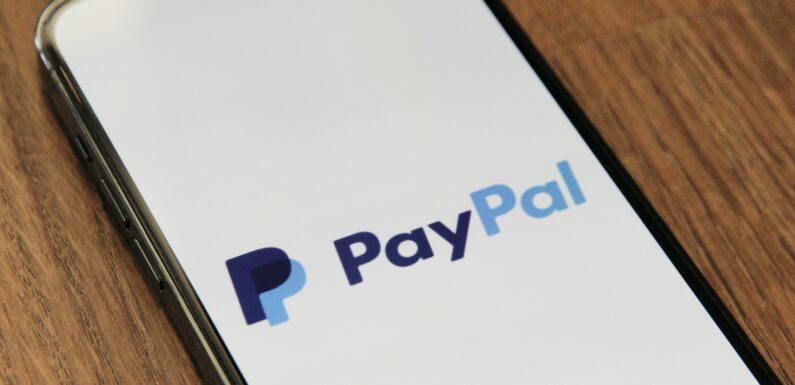
The Bank of America says PayPal’s newly launched stablecoin, PYUSD may have a hard time getting adoption, at least in the short term. The bank stated this in a report based on recent research it carried out concerning the stablecoin.
First, PYUSD is likely to face intense competition, according to the bank’s analysts, Alkesh Shah and Andrew Moss, and one of the sources of competition will be central bank digital currencies
Central bank digital currencies (CBDCs) are becoming a big deal, as countries around the world seek to create alternatives to cryptocurrencies, with the same speed and efficiency.
“Over the longer term, we expect PYUSD to experience additional adoption headwinds as competition from central bank digital currencies (CBDCs) and yield-bearing stablecoins increases,” the Bank of America said in its report.
Many countries are at different levels of their CBDC projects, while others have already launched. The ones that come to mind are China, Russia, Brazil, South Korea, Japan, and the UK, while countries like Nigeria have already launched their own CBDCs.
CBDCs serve as digital versions of national fiat currencies, and can be used for exactly the same purposes as stablecoins like PYUSD, making the competition more fierce.
Competition from other stablecoins
Existing stablecoins such as USDT and USDC are also likely to create a massive competition against PYUSD. This is because they have been in circulation for years, and the public has already gotten used to them.
For example, USDT alone bears over 64% of the total stablecoin market share, and there are a few other less known ones, making it difficult for PYUSD to get a piece of the pie, unless it offers something different to what these ones are offering.
According to the BoA report, yield-bearing stablecoins will likely become more available and attractive, which PYSUD is not.
“Investors may have been fine holding non-yield bearing stablecoins, such as USDT and USDC, when rates were close to zero, but yield-bearing stablecoins will likely become increasingly available and attractive with short-term rates above 5%.”
Perhaps a more obvious hindrance to PYUSD’s adoption is that it came at a time when the crypto industry has come under intense pressure in the U.S. Top crypto exchanges like Coinbase and Binance are in court for allegedly violating securities law violations.
Even more interesting is the fact that stablecoins have become of particular interest to regulators and lawmakers since the TerraUSD incident. As a result, the U.S. is seeking a comprehensive and more rigid regulatory framework for stablecoins in particular.
This could further reduce the chances of PYUSD making it to the mainstream, especially if stablecoin issuance becomes restricted to banks.
“Investors are likely indifferent to which stablecoins they hold as long as the stablecoins are perceived as safe and accessible on the largest trading platforms. We do not expect PYUSD’s launch to lead to accelerated regulatory clarity, given the stablecoin’s issuance does not alter systemic risk for traditional markets, but the stablecoin may face regulatory headwinds if non-banks are ultimately barred from stablecoin issuance,” the report added,
PYUSD could compete
Payment giant PayPal launched PYUSD last week, and since then, many views have been expressed concerning the stablecoin. One of the views is that PYUSD can compete with existing stablecoins, but it has to get listed on major exchanges to do this.
Since then, Huobi Global, one of the leading global exchanges has shown interest in listing it. If more top exchanges list it, the stablecoin may be able to find its place in the stablecoin market.



